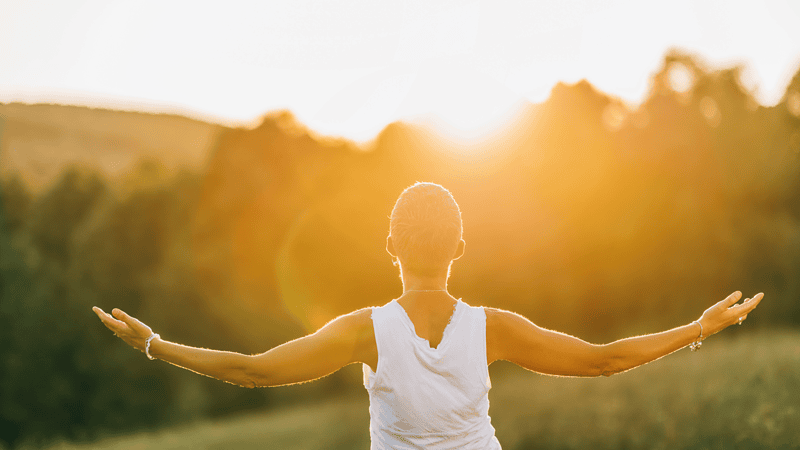
What is the end goal of your yoga practice?
Why do you practice yoga and what is the end goal you are striving for? By Vicky Richings
What is the end goal of your yoga practice? Should we even have an end goal?
There are so many posts on social media about ‘progress’ in a pose or yogis and yoginis issuing ‘challenges’ to put ourselves into a certain version of a pose. Is this really what yoga is about?
Let’s begin by looking at one of the texts that yoga students often study in order to get to know the origins of yoga – The Yoga Sutras of Patanjali. In its original Sanskrit form, it’s not a long read, however with each different translation comes a wealth of commentary about the text and its meaning.
One area that most translations agree on is the opening lines of the Yoga Sutras:
And now the teaching on yoga begins
Yoga is the settling of the mind into stillness
When the mind is settled, we reside in our true nature, that of unbounded consciousness
The text goes on to explain how this can be achieved, but there is no mention of plank challenges or crow poses.
The origins of yoga lie in meditation, rather than exercise. Yoga was a way of reaching enlightenment, which can be thought of as oneness with the universe, allowing for an escape from suffering and the cycles of reincarnation. Sounds good, hey?
So why then has yoga become about being bendy and headstands on beaches?
Maybe it is because Western culture doesn’t align with the ideas of birth and rebirth. Perhaps it’s down to pressure to look good or stay looking young. As a psychologist, I would put forward the Freudian idea that ‘sex sells’ — downward dog in a bikini does seem to get more attention than sitting in meditation in loose-fitting clothing.
Whatever the reason, it is easy to forget that yoga isn’t about contorting our bodies or achieving a certain version of a particular pose. I will say that if that is your bag, there is nothing wrong with that. I mean, who doesn’t feel a sense of achievement when you balance for longer than before in tree pose or find you are able to touch your toes in a forward bend?
The physical practice of yoga, called ‘asana’ in Sanskrit, is mentioned in The Yoga Sutras. The movement and poses that are familiar from classes are considered as a way to allow us to get comfortable in preparation for seated breathwork and meditation. Interestingly, asana doesn’t have a starring role in The Yoga Sutras.
Getting fixated and striving to be able to nail a version of a certain pose isn’t really useful or mentally healthy. If we fail to contort ourselves enough or balance expertly, we may use yoga as yet another weapon with which to beat ourselves. No one needs that!
In my experience, poses often come when we stop trying and cease to be attached to an end goal. This is spoken about in The Yoga Sutras — ‘aparigraha’ is translated as non-attachment or non-grasping. This attitude is useful and can be likened to having a handful of sand: squeezing it tightly with your hand in a fist will just cause the sand to spill out and be lost. Just as trying too hard to force a pose can lead to discomfort or even injury, putting us back where we started.
If your yoga is all about the physical, you may like to incorporate other aspects of yoga to get even more from your practice.
Next time you step on your mat, keep in mind the words of The Yoga Sutras of Patanjali: “Yoga is the settling of the mind into stillness”, not the gritting of the teeth and grimacing to link hands in cow face pose.
Let’s find some of that stillness…apparently it’s really nice!







